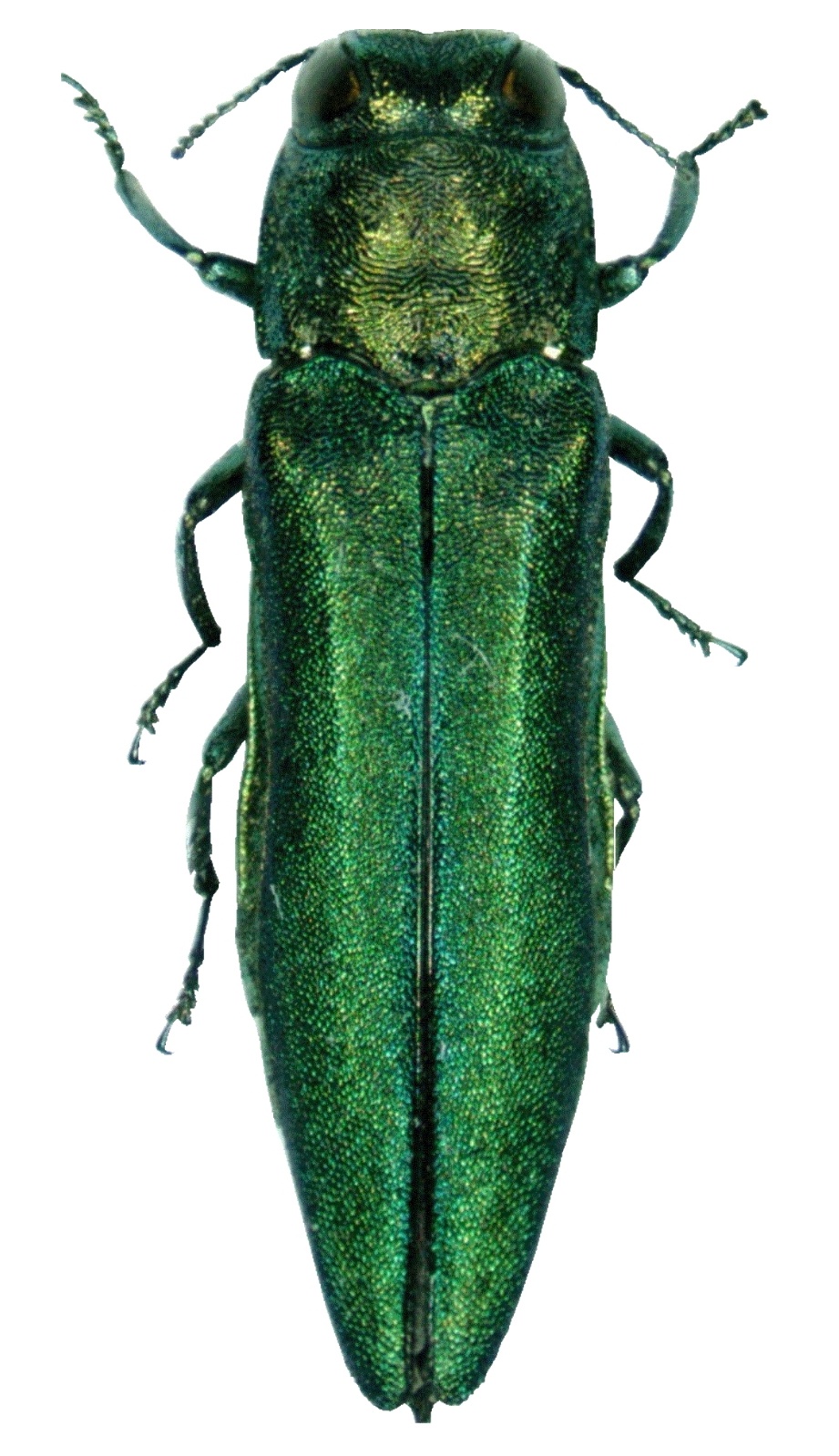Emerald Ash Borer (EAB) is a pest infestation that has become a major problem in the U.S. over the last 10 years. The outbreak of these tree pests has forced a quarantine to be placed on Ramsey, Hennepin, Houston and Winona counties, as cases of EAB have been found in areas close to Woodbury, Minnesota, among other cities. Out of every state in the U.S., Minnesota has the largest concentration of ash trees, so it is important to know what EAB is, how to spot it and how to manage it.
EAB is a native beetle of Asia that was likely introduced to the United States in the 1990s. It was first discovered in Michigan and has since been found in ten other states, including Minnesota. It has also been found in Ontario and Quebec. The borer larvae burrow into ash trees and collect the tree’s nutrients, killing the trees within two to four years.
Agrilus planipennis, commonly known as the emerald ash borer, is a green buprestid or jewel beetle native to northeastern Asia that feeds on ash species. Females lay eggs in bark crevices on ash trees, and larvae feed underneath the bark of ash trees to emerge as adults in one to two years. In its native range, it is typically found at low densities and does not cause significant damage to trees native to the area. Outside its native range, it is an invasive species and is highly destructive to ash trees native to northwest Europe and North America. Prior to being found in North America, very little was known about emerald ash borer in its native range; this has resulted in much of the research on its biology being focused in North America. Local governments in North America are attempting to control it by monitoring its spread, diversifying tree species, insecticides, and biological control. [wiki]

EAB is a thin insect that is roughly one-third to one-half of an inch in length. It can be recognized by its shimmering, forest green body. An ash tree infested with EAB can be identified as having small, D-shaped holes where the pest has entered, beneath its bark. A decline in the foliage thickness and an increase in dieback are also signs of infestation, as well as the presence of woodpeckers, who feed on the EAB larvae. EAB attack ash trees of all sizes and maturity, but often prey on those that are unhealthy.
The best way to manage EAB is to contain it. Do not transplant or transport ash wood, at any capacity, within the quarantine to areas outside of the infestation boundaries. This includes firewood and tree waste. If you believe there is an infestation in your area, Ostvig Tree Care provides EAB treatments. If you live within 12-15 miles of an infestation, you may want to consider treating your trees for EAB, as there are highly effective insecticides available.
Keeping your trees healthy is a very important part of managing your landscape. While you may not have ash trees in your yard, it is important to know about the different types of tree diseases and pest infestations, such as Bur Oak Blight. Knowing about what diseases and pests affect certain trees is the best way to protect our forestry.







